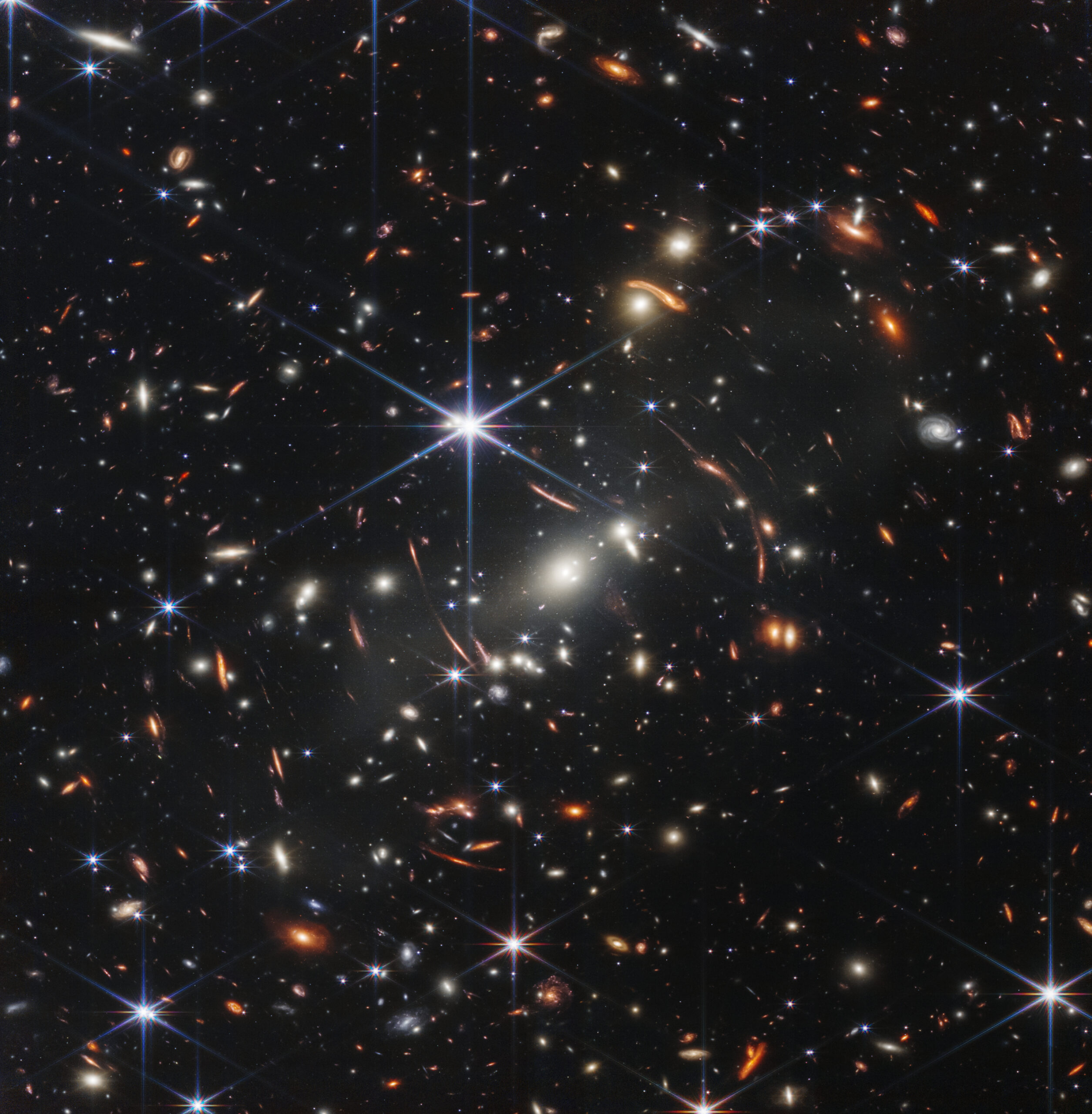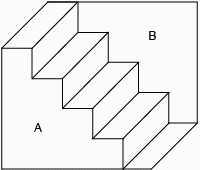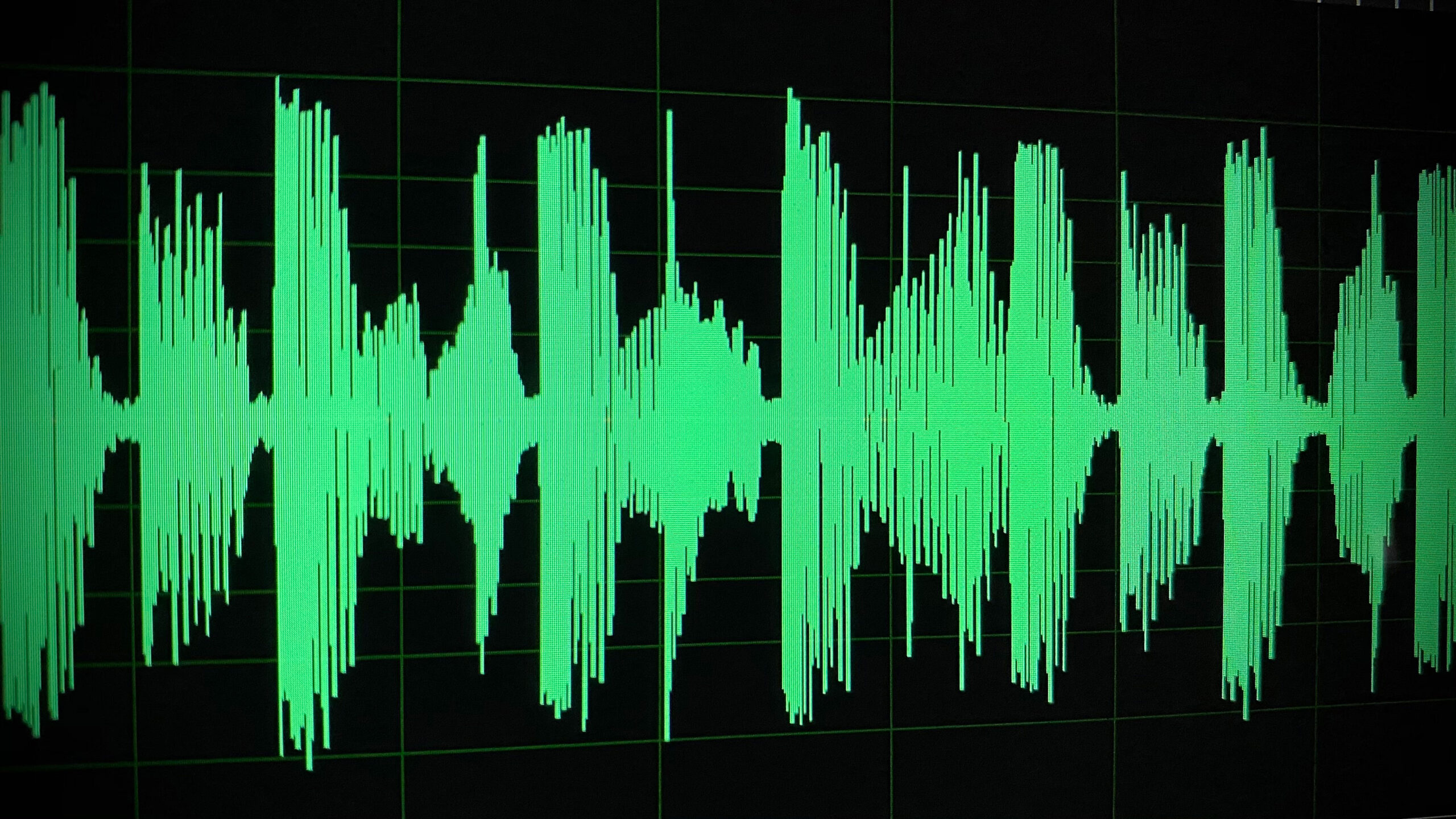Progressives are much more likely to buy electric cars than conservatives, I’ve always thought it’s because they are more concerned about the environment and climate change and want to use renewable energy sources. It follows that, at least until about 2020, most people buying Teslas were left leaning. But then, Musk became a vocal supporter of Republicans.
As this was happening, you might have been wondering, how will this affect Tesla’s bottom line? I sure did.
One could’ve imagined that perhaps Tesla had fully saturated the Democratic market and Musk’s hard right turn would win Republican sales…
But that doesn’t appear to be the case: “The Musk Partisan Effect on Tesla Sales” is a report out of Yale by Kenneth Gillingham, Matthew Kotchen, James Levinsohn and Barry Nalebuff that, using science, explains the effect Musk’s right wing politics has had on its business:
Using county-level, monthly data on new vehicle registrations, we leverage how changes in vehicle sales over time diverge across counties with differing shares of Democratic and Republican voters. Without the Musk partisan effect, Tesla sales between October 2022 and April 2025 would have been 67-83% higher, equivalent to 1-1.26 million more vehicles. Musk’s partisan activities also increased the sales of other automakers’ electric and hybrid vehicles 17-22% because of substitution, and undermined California’s progress in meeting its zero-emissions vehicle target.
A million lost vehicle sales! All because of the perception that owning such a vehicle might reflect that you support the CEO’s politics.
Now, of course it’s not Tesla owners’ fault and yet some have been placing stickers to cover their perceived ostracism.



